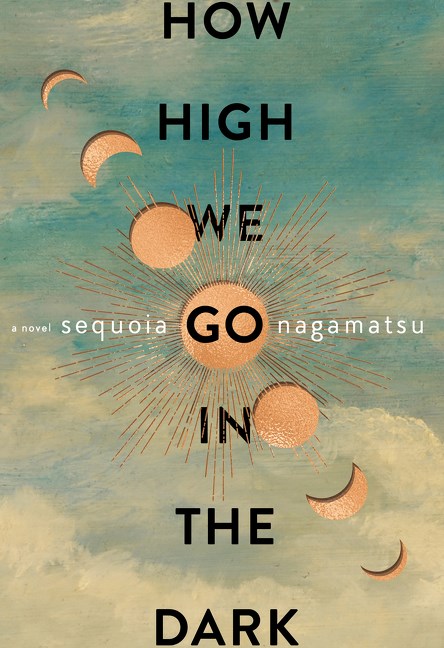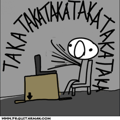el dang reviewed How High We Go in the Dark by Sequoia Nagamatsu
How High We Go in the Dark
4 stars
A very emotional and structurally interesting book - somewhere between a set of short stories and a set of chapters with very varied styles and points of view.
I loved the ways the stories were connected to each other, and the best of them were absolutely heartrending pictures of grief, fear, and mourning. Many of them did live on in my mind for some time afterwards. But towards the end I felt like some of the broader attempts to pull it all together in one arc didn't quite land for me.
A very emotional and structurally interesting book - somewhere between a set of short stories and a set of chapters with very varied styles and points of view.
I loved the ways the stories were connected to each other, and the best of them were absolutely heartrending pictures of grief, fear, and mourning. Many of them did live on in my mind for some time afterwards. But towards the end I felt like some of the broader attempts to pull it all together in one arc didn't quite land for me.






